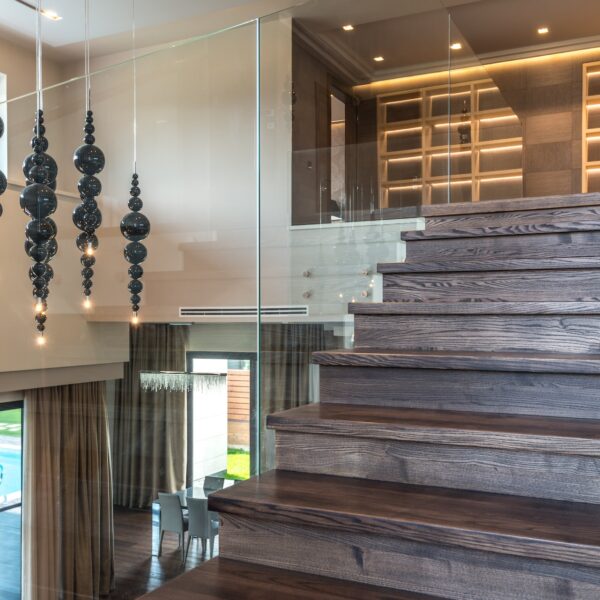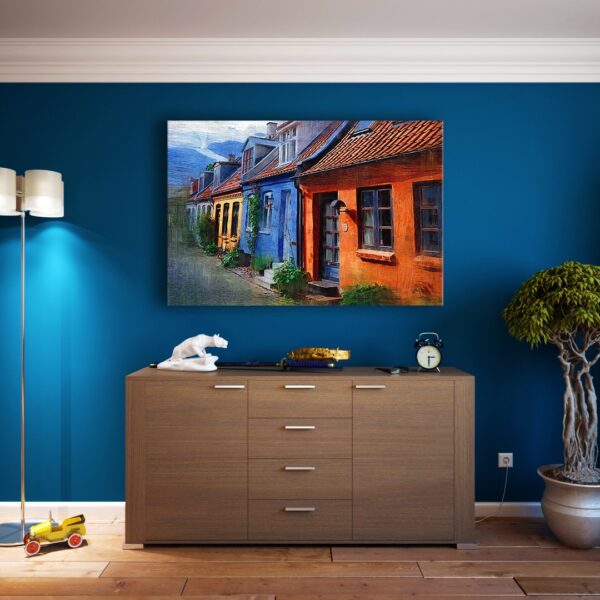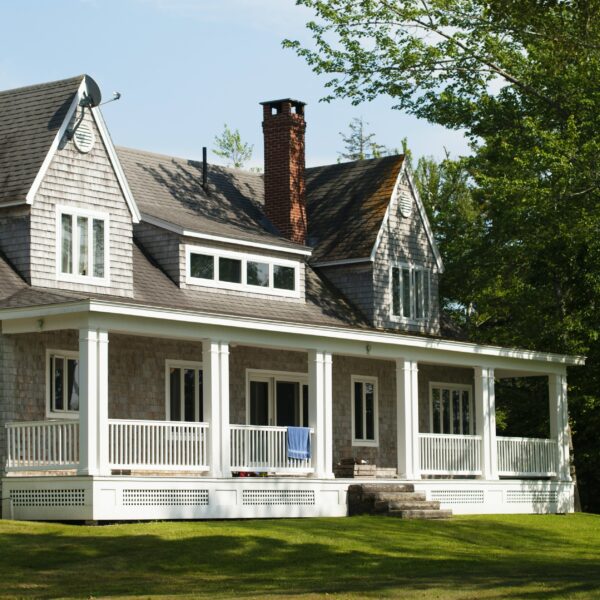Choosing the best siding type for your home is an important decision. Siding helps to protect and add value to your home, as well as giving it a unique aesthetic appeal. There are a variety of types of siding available, each with its own advantages and disadvantages that need to be considered when selecting the option that will work best for you. To help make this process easier, this article explains the different types of siding available, their benefits and drawbacks, and tips on how to choose the best one for your home’s design.
Vinyl Siding
This type of siding is popular for its durability and affordability. Vinyl siding is resistant to moisture, insect damage, and fading, making it a great option for protecting your home from the elements. It also comes in a variety of colors and textures so you can customize the look of your home’s exterior. One drawback to vinyl siding is that it does not provide as much insulation as other types of siding.
- Installation Process: Vinyl siding is relatively easy to install and does not require painting or sealing. It can be installed by a professional like Mighty Dog Roofing in Indianapolis. It’s important to make sure that the panels are properly sealed and fastened at each corner, so they don’t come loose over time.
- Cost: Vinyl siding is one of the most affordable types of siding for homeowners. The cost will depend on the size of your home, as well as any necessary accessories such as trim pieces and insulation.
- Long-Term Maintenance: Vinyl siding requires minimal maintenance other than occasional cleaning with mild soap and water (or a pressure washer). It also doesn’t need to be painted or sealed, although you can do so if you wish.
- Conclusion: Vinyl siding is a great option for homeowners looking for an affordable and durable siding material with minimal maintenance needs. It comes in a variety of colors and textures, making it easy to customize the look of your home’s exterior. However, it may not provide as much insulation as other types of siding, so it’s important to consider this when selecting the best type for your home.
Wood Siding
Wood siding is one of the more traditional types of siding available. It is a great option for homeowners looking to add character and beauty to their home’s exterior. Wood siding comes in a variety of styles, colors, and textures, which can be customized to create a unique look for your home.
- Installation Process: Installing wood siding requires some skill and time, but it can typically be done by a professional or DIY-er with the right tools and materials. It’s important to make sure that all seams are properly sealed before installation to ensure that they remain watertight over time.
- Cost: The cost of wood siding will depend on the type of wood used as well as the size of your home. It’s expensive, but its unique beauty and versatility make it worth the extra cost.
- Long-Term Maintenance: Wood siding will require regular maintenance such as staining, painting, or sealing to protect it from weathering and damage over time. It is also vulnerable to insect infestations, so you’ll need to be vigilant about checking for any signs of pests and treating them quickly if necessary.
- Conclusion: Wood siding is a great choice for homeowners looking for a durable material with a classic aesthetic. Its customizable options make it easy to create a unique look for your home’s exterior. However, it does require more maintenance than other types of siding and can be vulnerable to insect infestations.
Fiber-Cement Siding
For homeowners searching for a long-lasting and low-maintenance material, fiber cement siding is a fantastic option. It is robust and resistant to moisture, temperature changes, and pests since it is composed of a mixture of wood fibers and cement. You can also paint or stain fiber-cement siding to give the outside of your house a variety of styles.
- Installation Process: Because of its weight, fiber-cement siding requires professional installation by an experienced contractor. The process typically involves nailing the panels to wooden furring strips, which are then nailed directly into the wall sheathing or framing.
- Cost: The cost of fiber-cement siding will depend on the size and complexity of your project, as well as any accessories needed. Generally speaking, it is more expensive than other types of siding, but its durability and low-maintenance requirements make up for the higher cost.
- Long-Term Maintenance: Fiber-cement siding requires minimal maintenance other than cleaning with a mild soap solution or pressure washer every few years. It also doesn’t need to be painted or sealed very often, although you can do so if desired.
- Conclusion: Fiber-cement siding is a great choice for homeowners looking for a durable material that requires minimal maintenance. Its customizable options allow you to create a unique look for your home’s exterior. However, it does require professional installation and is more expensive than other types of siding.
Image Credits: Erik Mclean




Like this article? Share with your friends!